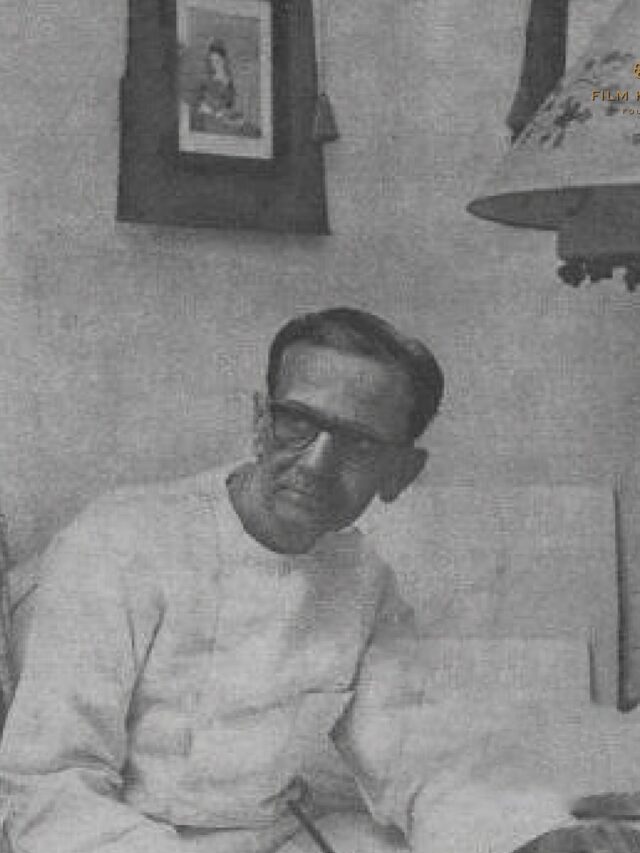Kanhaiyalal Hukumatrai Desai or Kanu Desai was an Indian artist, and art director for several Bollywood films (Ram Rajya, Navrang, Bharat Milap). He is considered one of the most influential artists to have come out of Gujarat. He is closely associated with Mahatma Gandhi, whose books he illustrated. He studied art under the tutelage of Ravishankar Raval in 1922 and Nandlal Bose in 1925. He recorded the Dandi March event through his paintings, making around 15,000 paintings published within 30 volumes.
Kanu Desai’s Early Life
Artist Kanu Desai studied art under the tutelage of Ravishankar Raval, first at ‘Gharsala’ and later at ‘Gujarat Chitrakala Sangh.’ Here, he was bewitched by the Bengali-style watercolour paintings. He elaborated on this style while he studied at Shantiniketan under Nandlal Bose. There he gained proficiency in the art of painting, sculpting, and plaster casting. After finishing his studies, he published his first collection of photography as a book, titled ‘Satar Chayachitro.’

Kanu Desai Artist Style
At the time, art was seen as a bourgeois hobby. Kanu Desai is the artist who is credited with the proliferation of art not only to the urban spheres but also to the rural villages. This was done through the distribution of calendars, photos, postcards, greeting cards, book covers, and albums. But why did the general masses gravitate towards his art? This was due to the simplicity he embedded in his paintings. He believed in a comprehensive composition depicting the tales of straightforward subjects through clean, crisp, and smooth crisp lines. Another reason for the propagation of art is the fact that Kanu Desai paintings were often gifted at weddings disguised as romantic albums, titled ‘Jeevan Mangal’ and ‘Nritya Manjari.’

Kanu Desai entered the world of cinema as an art director for the 1938 movie ‘Poornima.’ Since then, he has worked in set decor and design for almost 40 years. Over the years, he developed his distinct style. He relied heavily on huge framed paintings, exaggerated wall sculpture panels, and grand yet simple sets. His comprehension of colours was unparalleled and proved to be a success for the 1955 film ‘Jhanak Jhanak Payal Baje,’ which won the Filmfare Award for Best Art Direction in 1957. During this time, he was obsessed with rangolis; portraying the credits through them.

Image Courtesy – Film Heritage Foundation via Facebook
10 Famous Artists Who Worked for Gita Press and Leela Chitra Mandir






